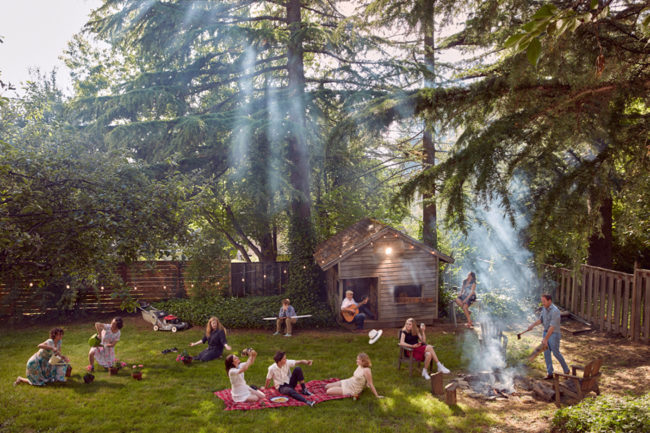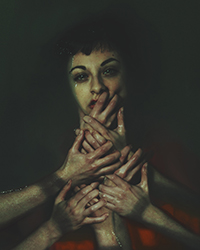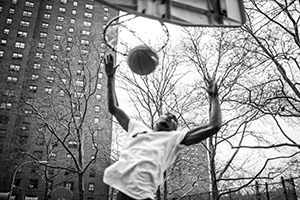Reuben Wu has been making headlines for the past few years for his innovative lighting. Influenced by ideas of planetary exploration, the sublime in 19th century romantic painting and science fiction, Wu’s 2016 award-winning series “Lux Noctis” used drone lights to illuminate canyons and deserted landscapes, producing earthly scenes imbued with otherworldly qualities. That series has laid the foundation for some of his more recent projects.
Shooting a recent campaign for the Audi A5 Cabriolet, Wu adapted the use of long exposures in desolate landscapes for photographing hardtop and convertible versions of the car. The hardtop images were recently featured in PDN’s monthly column, “How I Got That Shot,” and the convertible images were honored in the 2018 PDN Photo Annual in the advertising/commercial category. We asked Wu to give us a brief rundown on the lighting approach and creative concept for the campaigns.
Note: PDN’s Photo Annual is now open for entries for 2019. Visit www.pdnphotoannual.com to learn more and enter.
PDN: What was the client’s creative intention with this hardtop campaign?
RW: The concept was called “The Speed of Light.” The intention was to create the illusion of speed around a car by using long-exposed light trails in camera.
PDN: How did you bring that vision to life during the shoot and in the delivery of the photos?
RW: The vision really came from the idea of motion blur and linear elements which complement the shape of the car without distracting from it. Each image is a composite and consists of multiple takes of lighting passes. We wanted to create the perfect “motion trace” as well as optimum lighting of the car itself. To achieve this, we needed to be in a very dark environment to create the illusion, so it was shot in a near-deserted area in California.
PDN: Can you describe the lighting for this series of images?
RW: We used a special lighting tool called a Pixelstick. It’s a long and thin LED matrix that enables you to program the color and timing. It was a custom process for each shot. We were fine-tuning the color and timing of the light, as well as the duration of movement and shutter speed. Every image is a long exposure of a few seconds and I was able to create the final mood of the picture by blending and merging specific elements in post-production.
PDN: What was the most challenging part about this photo shoot?
RW: The main challenge was the physical control of the lighting element and ensuring the trace of light was completely smooth and minimal. Any disruption in the line would have been noticed easily, so I spent a lot of time experimenting and testing ways of making the smoothest visual. Speed, skill and steadiness of hand were crucial.
It was also incredibly humid, so the car needed to be wiped constantly to avoid condensation from appearing.
PDN: What is your favorite part of the resulting images and why?
RW: For the light-painting series with the Pixelstick, I made short motion loops from the many frames. These are essentially extremely high-resolution time lapses which run for ten seconds and are designed to loop on Instagram.
Related Articles
A Quite Contemplation on Hanoi
What to Expect from the Emerging World of Drone Lighting (for PDN subscribers; login required)



